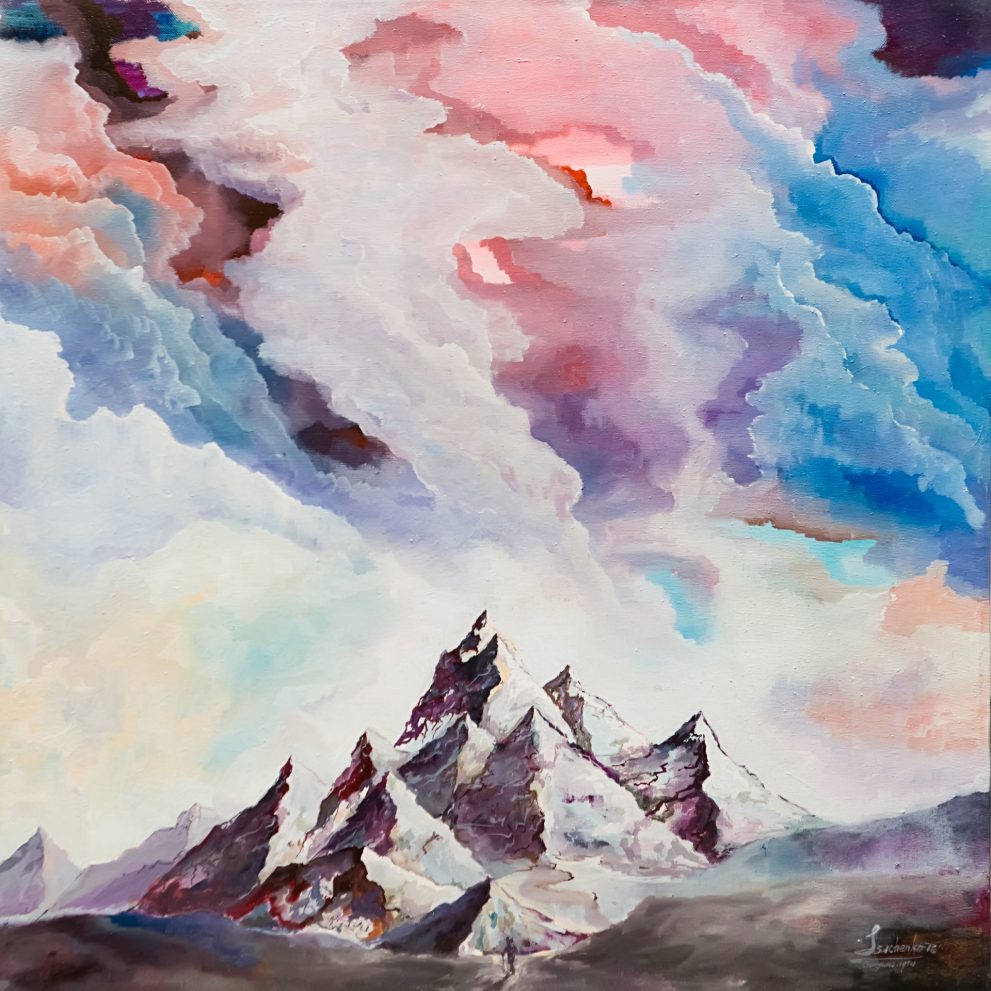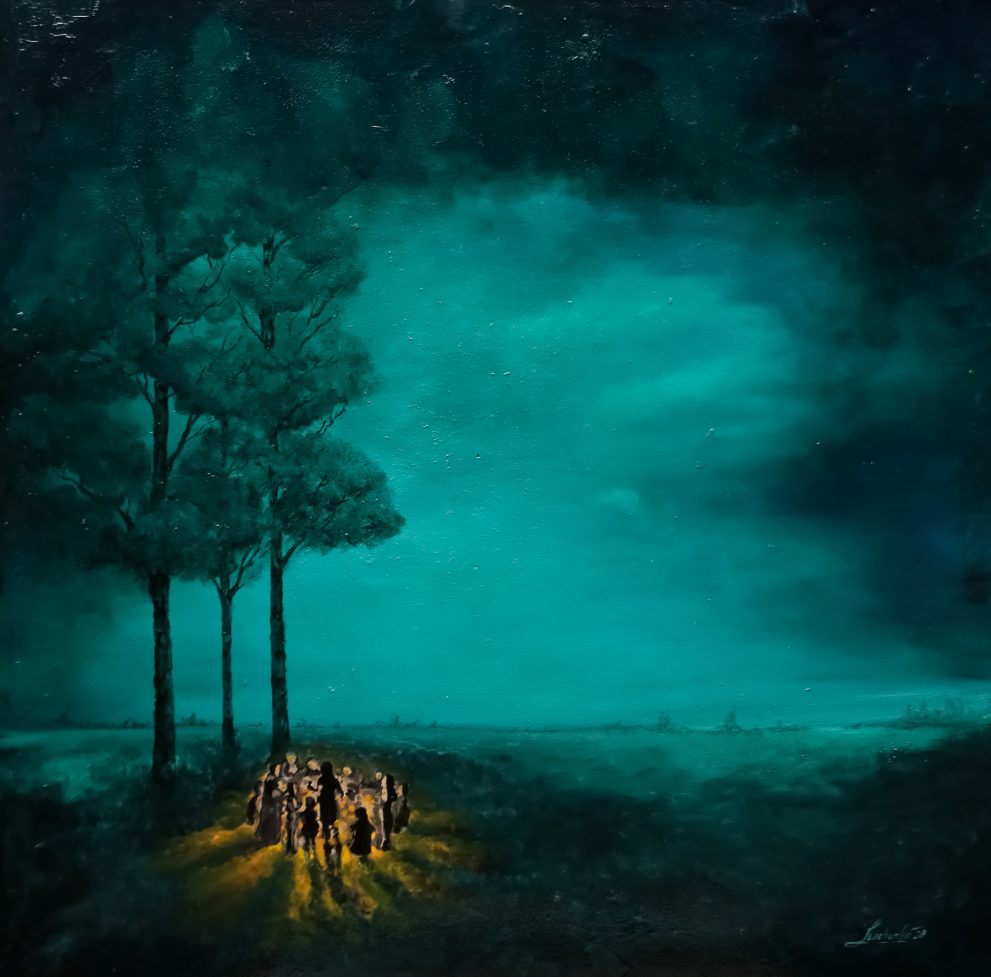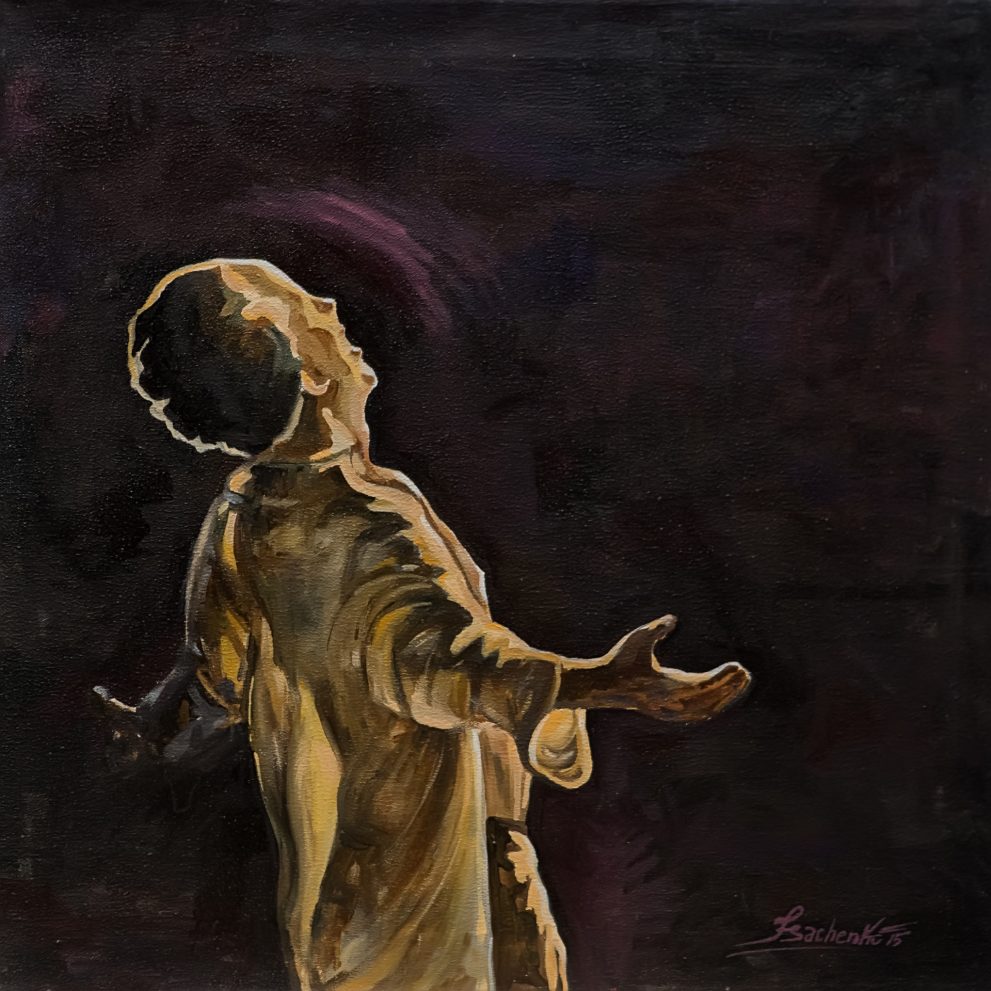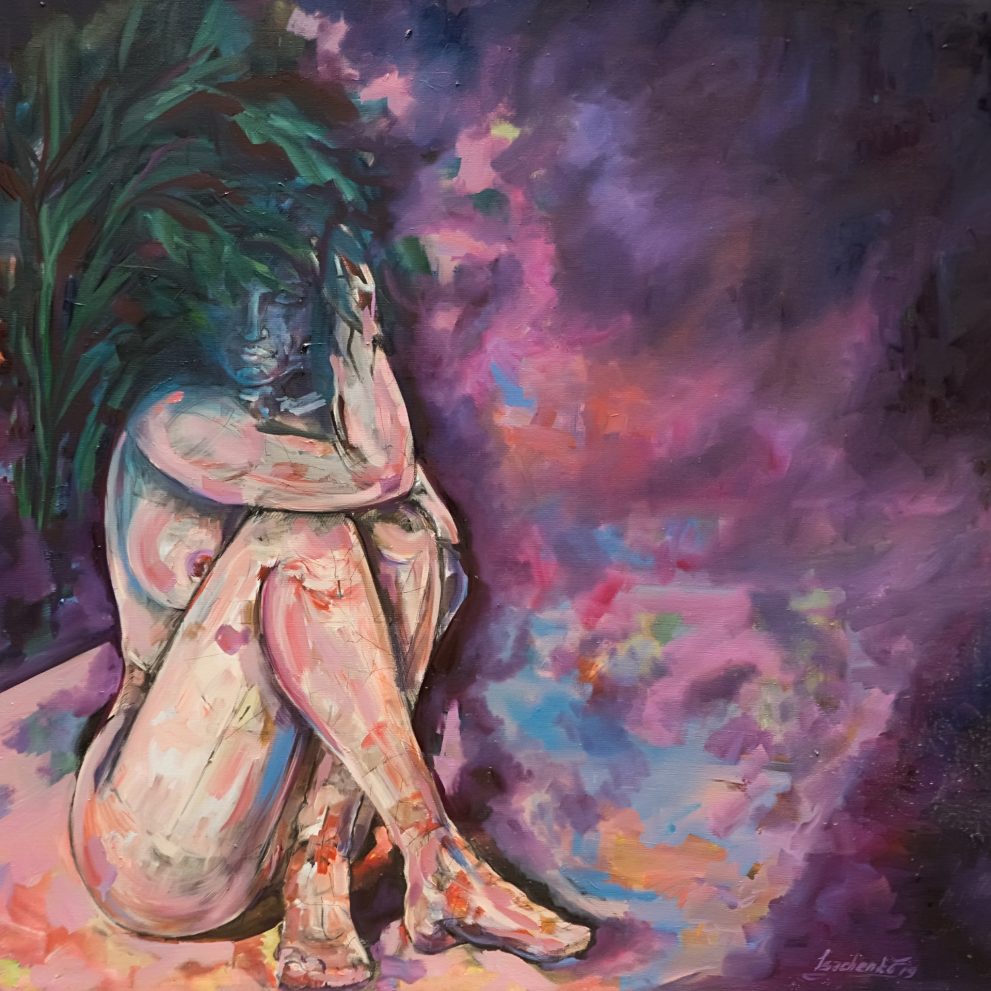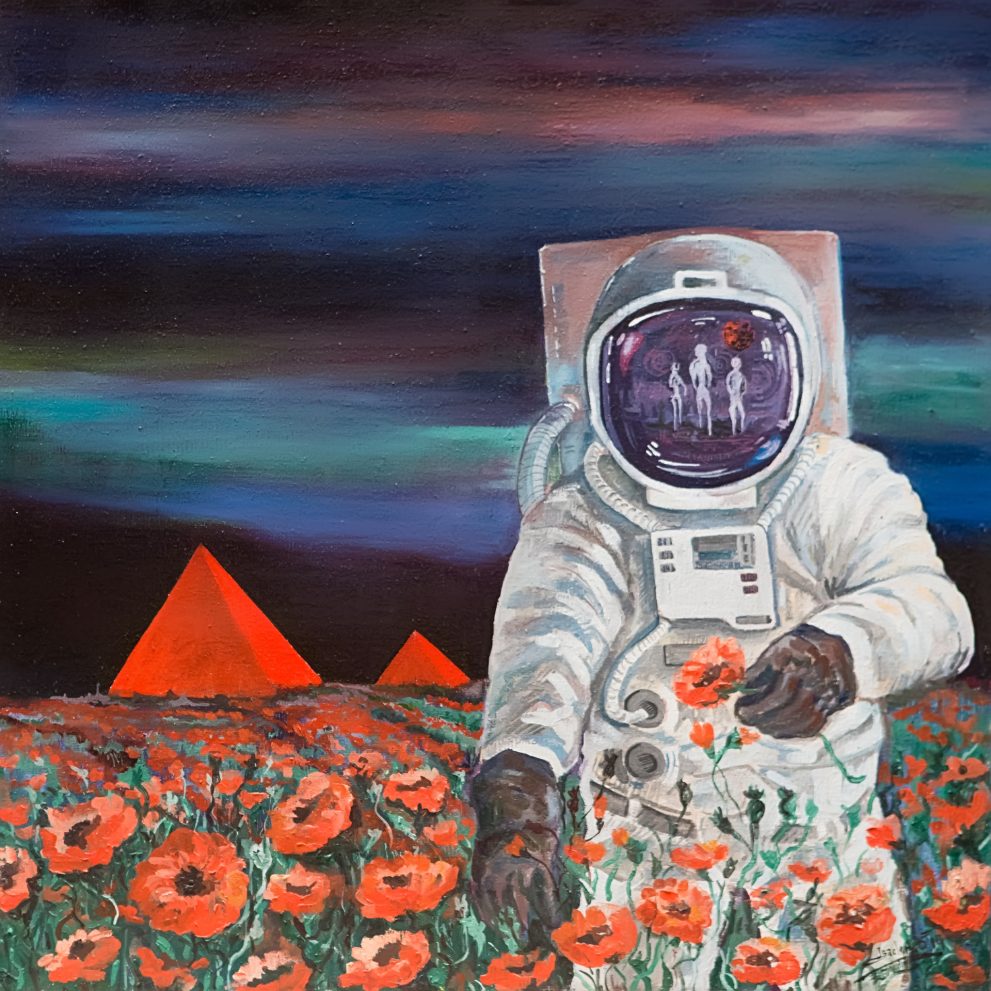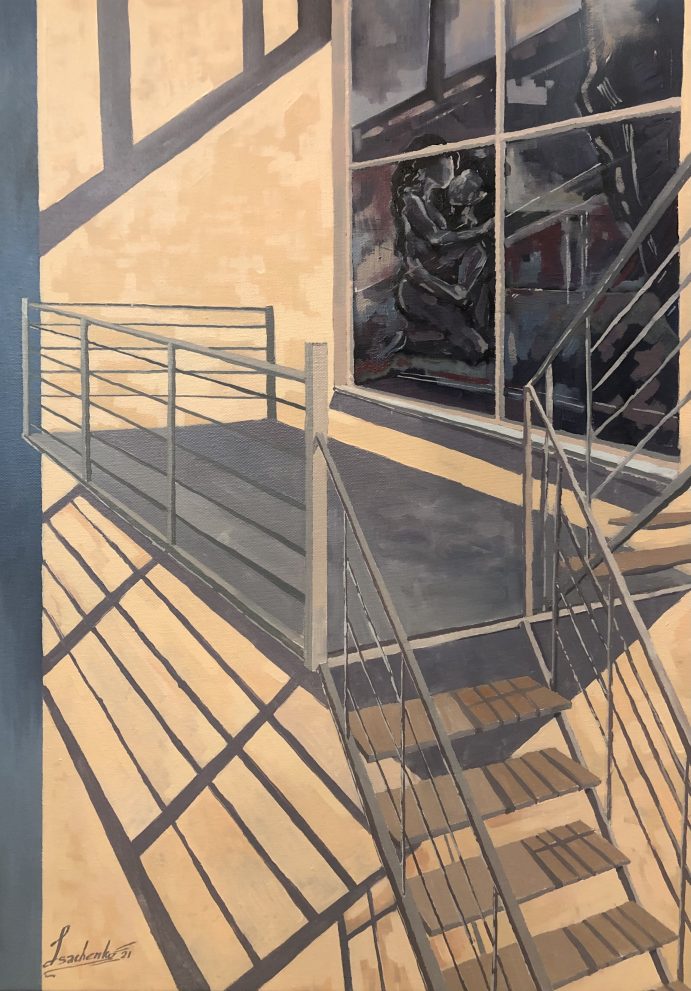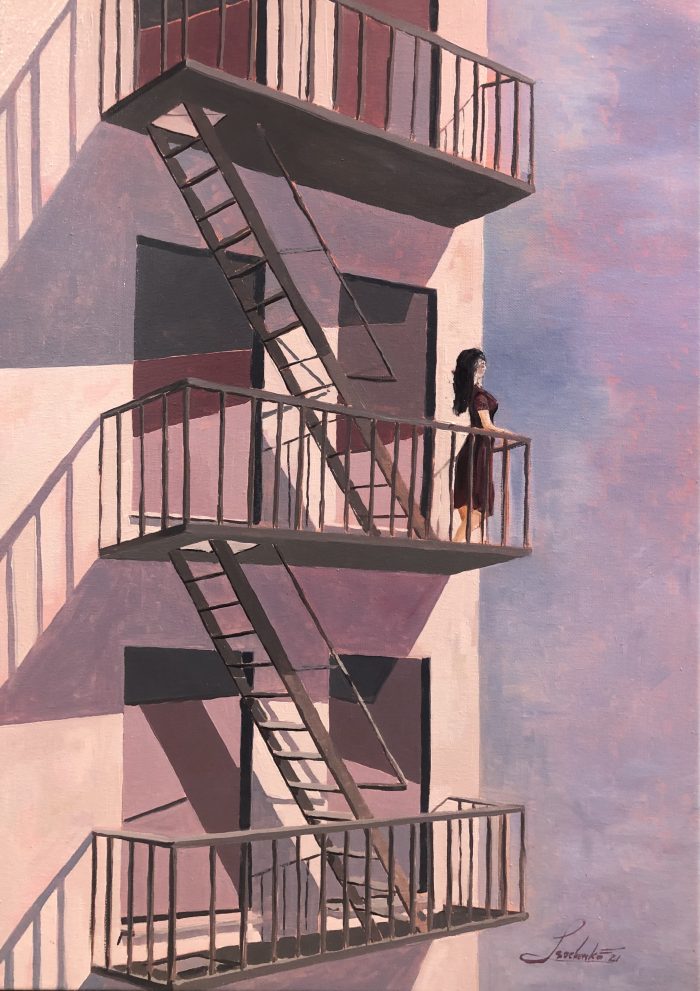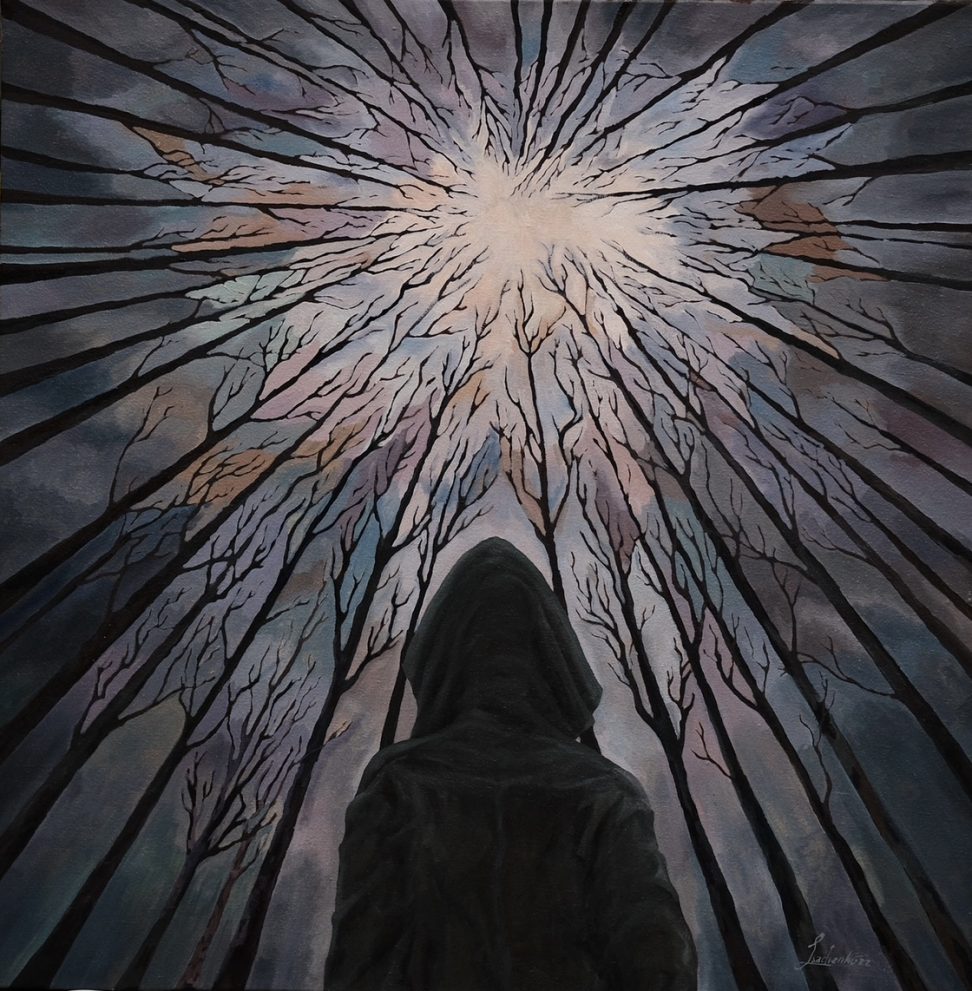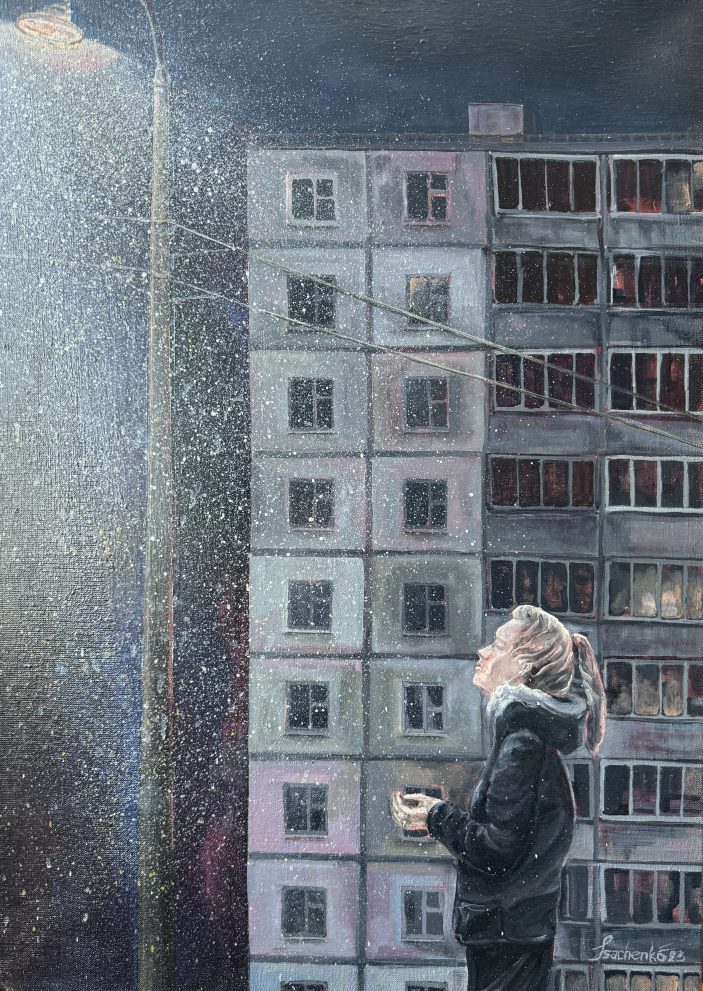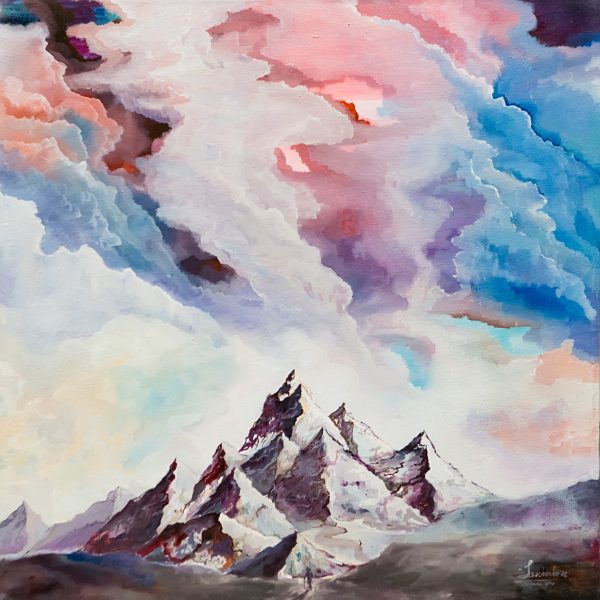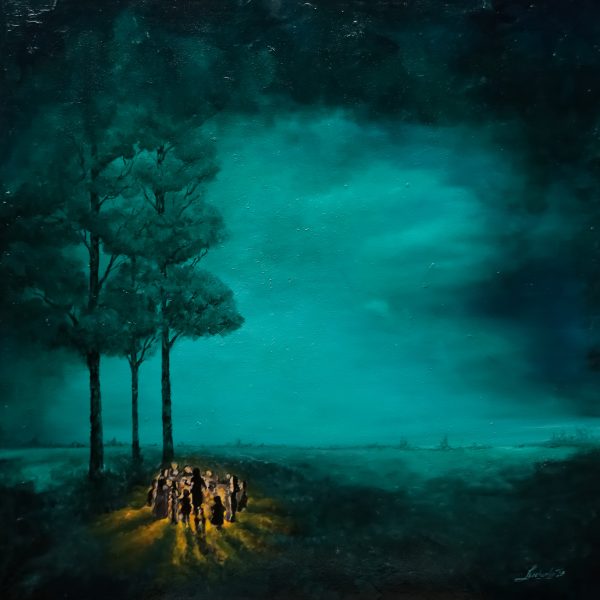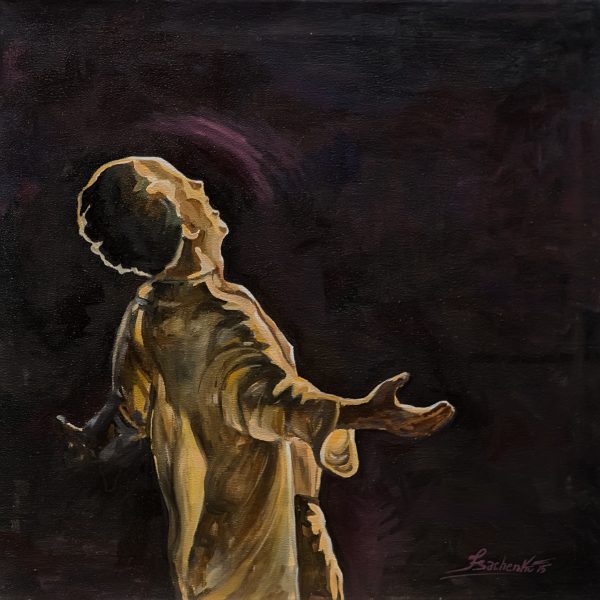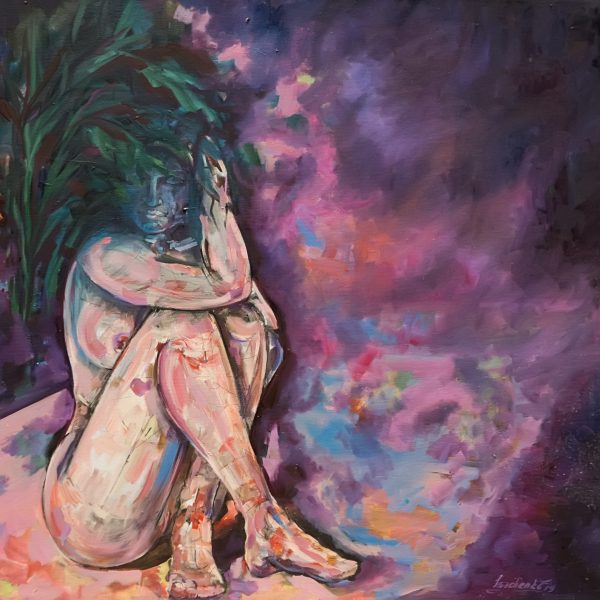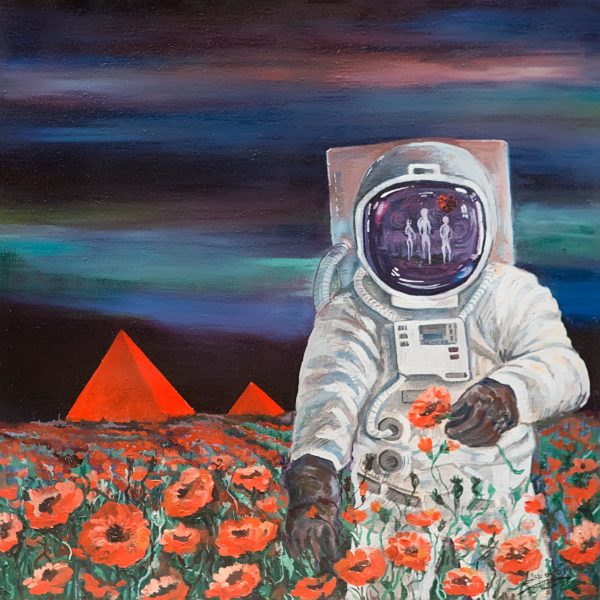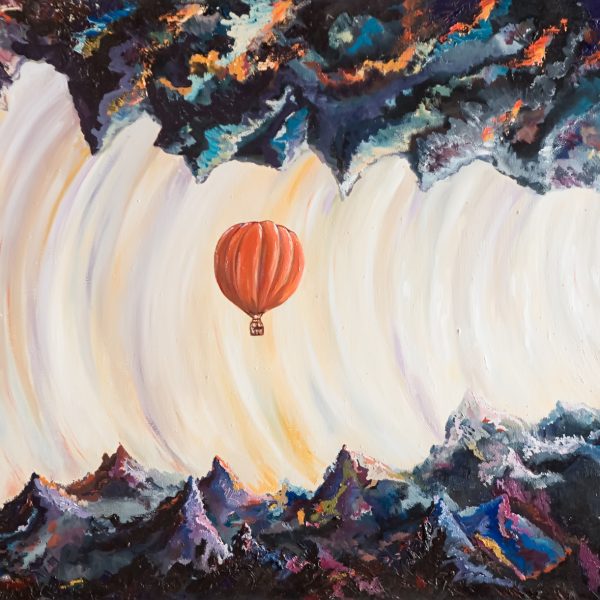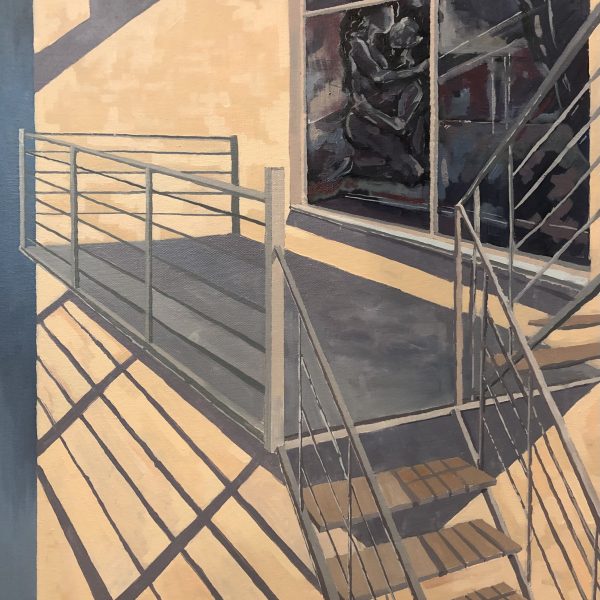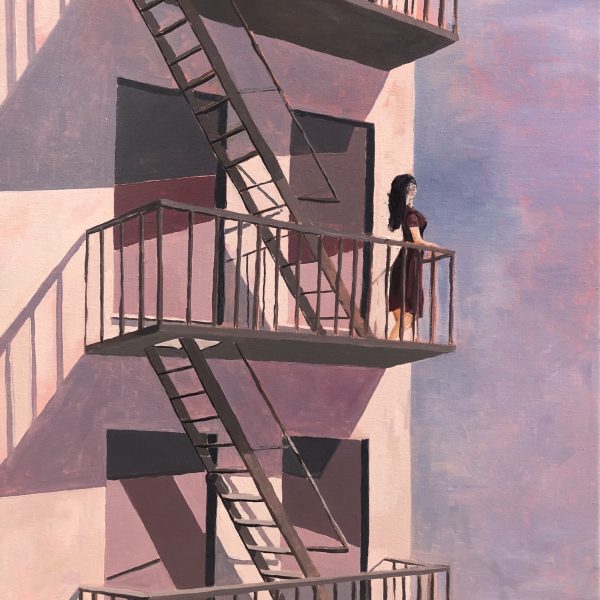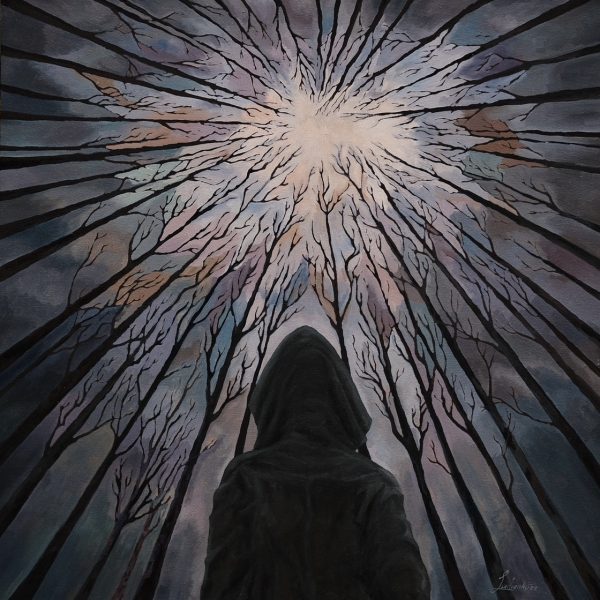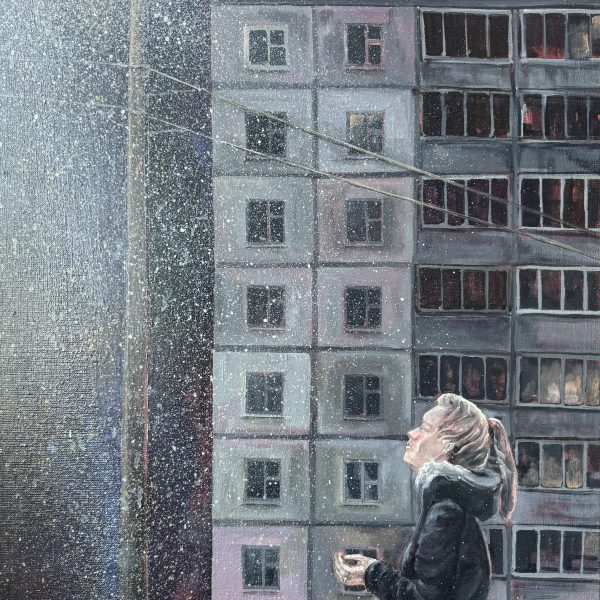Isachenko Maxim is a multifaceted Russian artist who expresses himself in painting, sculpture, design, film, theater, and advertising.
He began his career over 17 years ago, exhibits, and is part of private collections in Moscow, Smolensk, Omsk, Kaliningrad, Berlin, Hagen, Miami, Baltimore, New York, and London.
As an author, I am most interested in existential, philosophical painting…
“How can one not lose the thrill of love amidst all the external manifestations of the world, not lose the true path within oneself, not lose the inner child, one’s ideals, one’s true self? Or is it only possible to find oneself by abandoning the concept of ego?”
We are convinced that art inevitably teaches us; it possesses some truth that it seeks to convey through signs and symbols. But what if a work, for the author, is just as much an experiment, a personal search, observation, and reflection?
The artist is inseparable from the world and follows his own path in the search for truth.
Discard knowledge, discard rules, and look at paintings with a pure childlike gaze, feel the impulse. This connection will be solely your experience, an intimate one that cannot be right or wrong.
Each painting is a poem about life.
You can witness the birth of a world, observe the transformation of form and energy, feel the power of creation and destruction, chaos and harmony.
The key to understanding is the ability to let go of familiar concepts and allow intuition and feelings to guide us.
We come into the world without a defined purpose, and our task is to find this higher meaning. This was once the thought of existentialist philosophers, and it is this philosophy that the artist expresses in his works. The crisis of identity, the search for oneself and one’s uniqueness will not accidentally become the starting points of his journey. Going through loneliness, exploring how society and the individual can interact, accepting that the world cannot be fully understood—all this helps the author manifest his search through creativity.
He seems to make meaning the essence of his works, allowing them to engage in a silent dialogue with viewers and answer their questions. There is no need to conform to or oppose anyone. One simply needs to be oneself, express one’s feelings, and not divide the world into right and wrong.
In this “expression,” the author’s intuition plays an important role—how he can translate the surrounding world into a system of metaphors. Maxim shows in his paintings not a set of familiar objects or situations, but how he internally experiences them—as a kind of mystical experience beyond conventional logic. This is how unique, deeply felt images are born, which the perceptive viewer must decipher.
The accurate reflection of emotional experiences is conveyed through color: in some paintings, it appears almost washed out, while in others it captivates the imagination with bright accents. The artist seems to balance on the edge of two arts: painting and music. This is because, as in musical works, the author immerses the listener in polar emotions—from tender, poignant notes to thunderous chords, offering the full palette of feelings.
Expression, intuition, and the ability to capture personal experiences and reflections on the world in vivid images helped Maxim develop his own visual language and convey his values through it. From a lonely and misunderstood wanderer, he evolved into a person who knows much about himself and the surrounding world. He became an author who carefully selects ideas, concepts, materials, methods, and wishes to share his knowledge and vision of the world with the audience.
